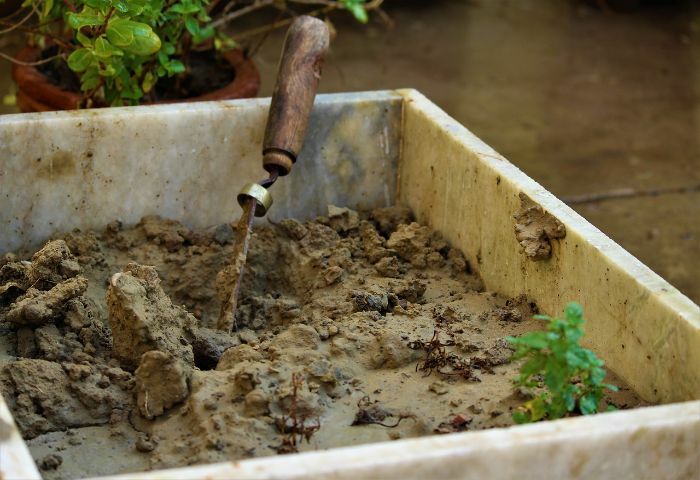The nasturtium is a vine very famous for adorning any place with its beautiful flowers and for the speed with which it develops. We’re talking about an annual plant that produces masses of brightly colored flowers from mid-summer until the cold of winter arrives, in a surprisingly wide range of colors, not only can you plant the common orange, yellow and red, but also cream, salmon pink, burgundy and crimson, and often a mixture of several of these.
Nasturtiums can be creeping or climbing. Creeping varieties look great in containers and hanging baskets, while climbing varieties can be planted to adapt to growing twining on fences, gates, over other plants and any surface. Nasturtiums not only look spectacular, but the flowers, leaves and seeds are also edible.
How to plant climbing nasturtium?
Climbing nasturtium is usually grown as an annual plant and is sown directly into the ground during May. To sow this plant, it is recommended to soak the seeds beforehand overnight and open holes at least 30 cm apart. You can also plant nasturtiums in pots as indicated below. Another alternative, ideal for decorating and scenting a space, is the medlar tree. If you’re interested, here’s how to plant loquats in your garden.

Direct planting in soil
You can sow nasturtium seeds directly where they will bloom by following the steps described below:
- Rake the soil until it is well tilled and make sure it is free of weeds. Water the area before sowing, this will ensure that it does not wash the seeds once sown.
- Sow the seeds 1.5 cm deep, about 30 cm apart, you can push them with your finger or open a small hole.
- Cover the seeds with soil. Seedlings will emerge after about two weeks.
Planting in pots
You can also sow nasturtium seeds in pots, this is a good way to get flowers in less time and is a good option if you want to plant a beautiful display. To do this, simply sow one seed per 9 cm pot in a greenhouse or on a sunny windowsill. It is recommended to plant in late spring.
Where to grow nasturtiums?
Nasturtiums need sun for at least half the day to grow well. The soil required by this plant must be free draining and, unlike many other flowering plants, they thrive best in poor soils. Fertile soil results in much leaf growth at the expense of flowers that are buried beneath the foliage. You can plant nasturtiums to grow in borders, on top of an obelisk, as a companion in vegetable patches or spilling over the edge of raised planters.
Final tips
As for the care of climbing nasturtium, you may need to water a little if it does not rain for a long time. However, it will recover in a short time, so even if you don’t water it, it will survive. When temperatures begin to drop, the whole plant begins to yellow and the seeds fall everywhere and hibernate until the next spring.
Sometimes, you will notice caterpillars visiting it. These usually come from a white butterfly, which makes this plant a good companion for a vegetable garden. In addition to decorating with its beautiful flowers, it attracts this type of insects, keeping them away from the edible plants that you want to take care of and that are much more delicate.